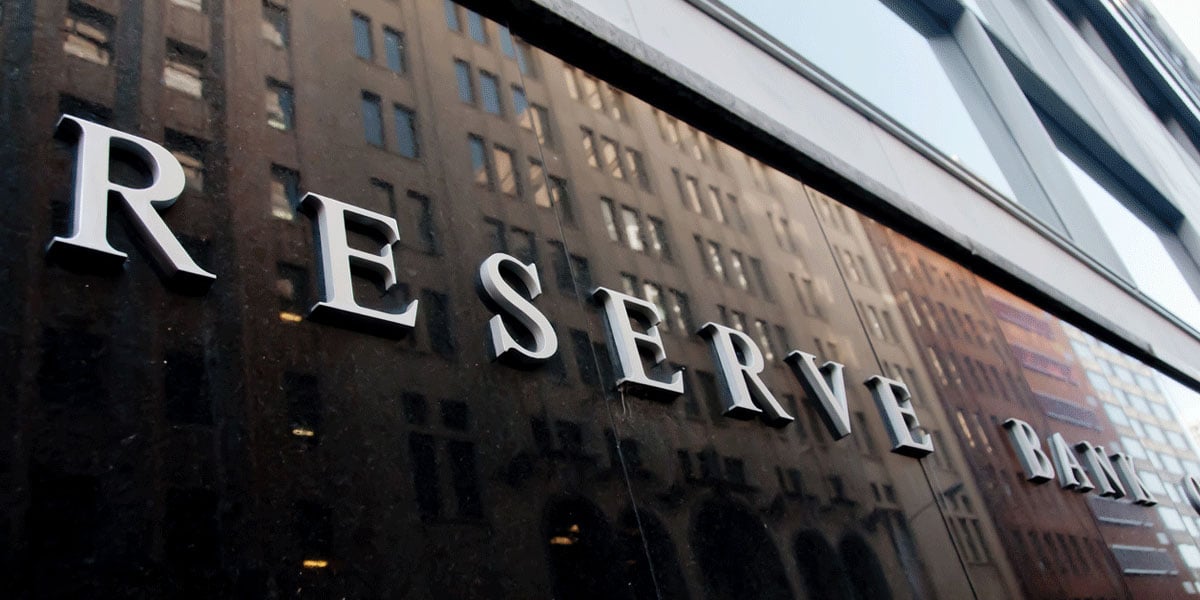Download the PDF

What is the RBA doing? What should the RBA do? What will the RBA do?
1. When (which month) will the RBA cut the cash rate and how low will it go? When will they stop the easing cycle?
To its credit, the RBA resisted the temptation to raise rates over 2024, notwithstanding a very vocal minority of economists clamouring for rate hikes. The RBA is now under pressure to lower rates, especially from the government.
Unlike the scope for rate hikes, the RBA has pushed itself into a corner regarding the scope for rate cuts with its (non) forward guidance of no rate cuts this year. If underlying inflation shows sequential months of being below 3% between now and December, the RBA should eat humble pie and reverse its forward guidance and cut rates at its December meeting.
We doubt the Bank has yet to develop an appetite for humble pie (despite the recommendations of the RBA review) and will stick to its forward guidance – no matter what. Hence, the RBA will wait until its first meeting in February 2025 before it commences its easing cycle.
Once commenced, however, the cycle will be short and shallow. With a neutral rate at around 3.75%, the RBA will deliver just two 25 basis point (bp) rate cuts over 2025.
2. Is there still a risk of a rate increase and why?
The risk of a rate increase is miniscule. Inflation is clearly on the way down and the economy is weak and still flirting with recession.
3. How do you rate Michele Bullock’s first year as governor?
On the positive side, Governor Bullock has developed a presentational style that speaks to the person-on-the-street, with a straight-forward and simple-to-understand message. The problem is that the message (demand is greater than supply, and therefore no rate cuts) is repetitive and lacks nuance.
The risk to the Governor is that there forms an opinion that “is this all you’ve got?” The lapse into forward guidance (i.e., no rate cuts this year) was a clear faux pas committed by a nuovo persona.
4. What is the outlook for consumer spending? Is there a risk of a technical recession?
Consumer spending remains challenged, even with tax cuts and relief payments for electricity and rent. However, with migration continuing to add to population growth, growth in aggregate consumer spending should remain positive despite growth in per-capita consumption continuing to register negative quarterly growth rates through to the end of the year.
5. Is the strategy of balancing inflation and employment still viable? Should more weight be given to inflation?
The RBA has two mandates: price stability and full employment. These mandates sit within the “…overarching objective” of the Bank, which is to pursue “…the goal of economic prosperity and welfare of the Australian people”.
The balancing act of reducing inflation while guiding the labour market to a more sustainable rate of unemployment, without overshooting and creating an excessive increase in the unemployment rate, is still possible. At this juncture in the economic cycle, where growth is weak and risks are to the downside, the weight should be shifting gradually from a concentration of monetary policy on reducing inflation ensuring an orderly adjustment in the labour market.
6. What role is the government's spending playing in keeping inflation above the inflation target?
Through its support to spending, government expenditures and subsidies have meant that inflation has not fallen as quickly as it otherwise would have. But, without government spending, the economy would have lapsed into recession.
7. How can the RBA resist the global easing tide and stand pat on policy?
By standing pat while other central banks lower their policy rates, upward pressure on the Australian dollar lowers the cost of imported goods and services, which feeds into a lower rate of domestic inflation. This should allow the RBA to cut rates sooner rather than later.
Although Governor Bullock acknowledged this transmission mechanism at the press conference following the September Board meeting, she and the RBA have been coy about the relationship choosing to avoid such nuances insofar as they get in the way of the blunt narrative that “…floating exchange rates mean that monetary policy can be set to domestic conditions”. The implication being, we can ignore what’s going on in the rest of the world.

